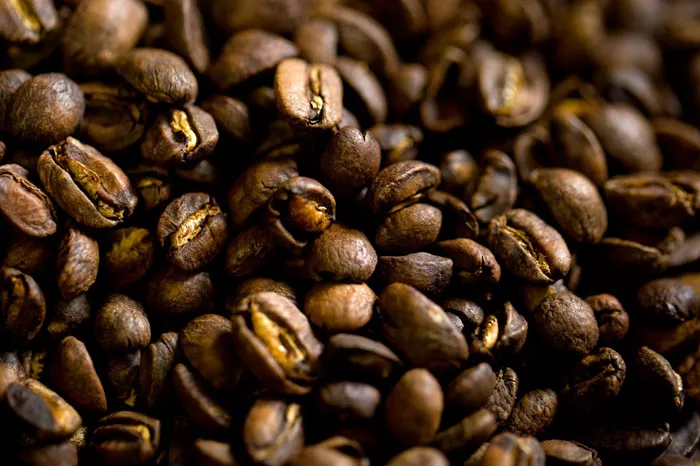SINGAPORE – The commonly used Robusta coffee bean, integral to traditional Nanyang kopi, might hold the key to protecting the premium Arabica coffee from a devastating fungal disease.
For decades, Arabica coffee plants, responsible for about 60% of the world’s coffee production, have been plagued by coffee leaf rust, an incurable fungal disease. Agricultural researchers in coffee-growing regions have long utilized selective breeding techniques to introduce rust-resistant traits from Robusta beans into Arabica plants. This effort began in the 1920s after the discovery of a rust-resistant hybrid in Timor, Indonesia.
Recently, an international research collaboration led by Nanyang Technological University (NTU) has made significant strides in optimizing this breeding process. The researchers mapped the genomes of various coffee varieties and pinpointed specific Robusta genes that confer resistance to coffee leaf rust.
“With each generation of Timor hybrid descendants being crossed with an Arabica variety, the proportion of Robusta genes diminishes,” explained Assistant Professor Jarkko Salojarvi from NTU’s School of Biological Sciences, who spearheaded the research. Identifying these resistant genes enables more efficient and targeted breeding of rust-resistant coffee plants, akin to targeted therapies in human medicine.
The study, conducted in partnership with Nestle and universities in the United States and France, delved into the genetic material of Arabica, Robusta, and a third species, C. eugenioides, using advanced DNA sequencing technology. The team discovered a specific region of DNA common among rust-resistant plants, which includes a combination of Robusta-based genes that can be transferred to Arabica plants.
“By using publicly available data, we identified the Robusta genes that respond to leaf rust, allowing us to focus on the crucial DNA region,” said Prof Salojarvi. The study’s findings and complete genome sequences were published in the scientific journal Nature Genetics in April.
This comprehensive genetic mapping will enhance the speed and accuracy of identifying resistant genes, NTU stated. Prof Salojarvi highlighted that breeders can now predict rust resistance in coffee plants at the seedling stage, significantly reducing the time required to confirm successful breeding.
Dr. Luiz Filipe Pereira of the Brazilian Agricultural Research Corporation (Embrapa) noted that the genomic data allows for the selection of plants with resistant genes early in the breeding process, saving time and resources. Additionally, traits such as flavor and growth from Arabica plants can also be selectively bred using the same genetic information.
The importance of this research is underscored by the looming threat of climate change. A 2022 study by Switzerland’s Institute of Natural Resource Sciences predicted that global warming could reduce suitable coffee-growing areas by half by 2050. Arabica plants, which have low genetic diversity, are particularly vulnerable to environmental changes.
“Targeted breeding is crucial to developing variants that can withstand extreme conditions,” Prof Salojarvi added.
When the coffee leaf rust fungus attacks Arabica plantations, it leaves rust-colored spots on the leaves, leading to leaf death and significant reductions in coffee berry yield and quality. This disease has caused considerable economic losses, such as the 50% yield loss in Oaxaca, Mexico, in 2015, and its first occurrence in Hawaii in 2020.
While farmers have traditionally used fungicides, pruning, and weed management to combat the fungus, resistant cultivars remain the best defense. This research offers a promising avenue for developing such cultivars, safeguarding the future of Arabica coffee.


